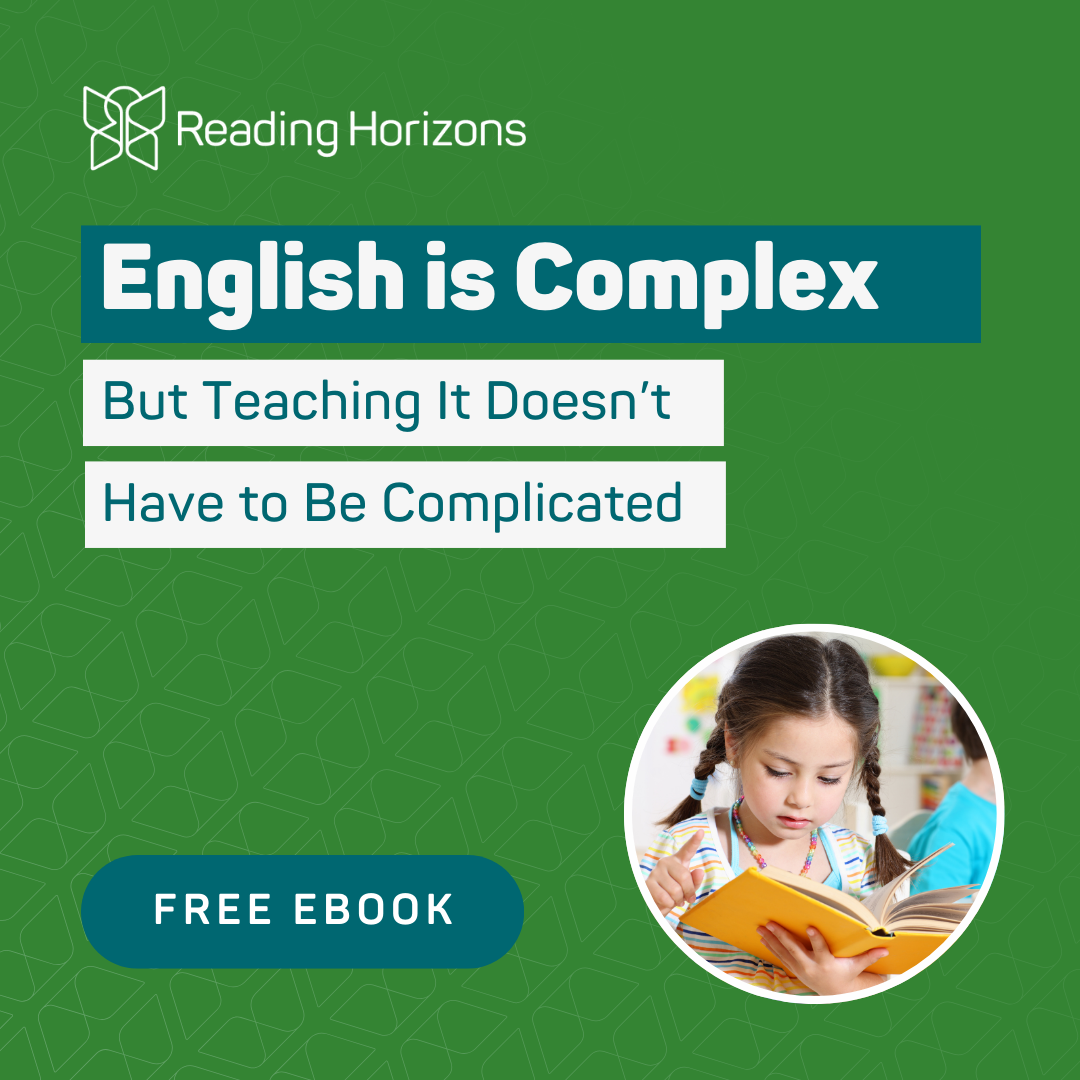Research shows that students whose teachers spend too much time talking are less likely to be engaged during classroom instruction. Luckily, reading instruction can be so much more than lecture, reading practice, memorization, or decoding drills. We, as teachers, can do more to get our students engaged in learning to read.
List of Reading Activities
Here is a list of fourteen student engagement strategies from a webinar presented by Reading Horizons Chief Education Officer, Stacy Hurst, that you can use to increase student engagement during reading instruction or reading intervention:
1. Partner Pretest
Before teaching a new decoding skill or grammar rule, preface the lesson with a pretest. Let your students know that you will not score the test, lowering anxiety and increasing student performance. Pair students up for the pretest and have them use the same set of materials. If the pretest is on a computer or iPad, have students share the device between the two of them. During the pretest, walk around the room to gauge student needs and adjust the lesson accordingly. When lesson material matches student ability and understanding, engagement is higher. Make sure that the pretest is similar to the posttest so you can see how much your students retain during your lesson.
2. Stand Up/Sit Down
You can use this activity to help students learn to differentiate between similar but different reading concepts. For instance, when you’re trying to help your students understand the difference between common nouns and proper nouns, you can give examples of each and have students stand up if it is a common noun or sit down if it is a proper noun. This is a great way to see how much of your class is grasping the material while getting their blood flowing—helping them stay alert.
3. Thumbs Up/Thumbs Down
This activity provides a quick way to gauge if your students are comprehending a story or to test them on different reading skills. Instruct students to put their thumbs up if they agree with a statement or to put their thumbs down if they disagree. When students have a low energy level (i.e., right after lunch) Stand Up/Sit Down may be a better alternative. However, if you need to maintain your students’ current energy level Thumbs Up/Thumbs Down is ideal.
4. Secret Answer
This activity is great for students who might not be confident in their answers—students who look around the class when doing Stand Up/Sit Down or Thumbs Up/Thumbs Down to see how the other students answer before they answer themselves. To give students a secret way to answer, assign different responses a number and have students hold up the number of fingers that correspond to the answer they think is correct. To do this exercise properly, have your students place their hands near their hearts (physically) with the appropriate number of fingers raised to indicate their answers. This way, especially if all the students are facing the teacher, it is difficult for students to copy their neighbor’s answer.
Learn how Reading Horizons can boost student confidence.
5. Response Cards
This is a great way to mix things up a bit. Have students create a stack of typical responses, including agree/disagree, true/false, yes/no, greater than/less than, multiple-choice options, and everyday emotions. After students have created their response cards, you can have them use them to respond in various settings. For example, while reading a book together as a class, you may pause and ask your students what they think the character is feeling right now. The students then select one of the everyday emotion cards from their personal stack of cards and lift it up to answer the question.
6. Think-Pair-Share
This activity allows students to pause and process what they have just learned. After reading a passage in a book, ask your class a question that they must first consider by themselves. After giving them time to think, have them discuss the question with their neighbor. Once they’ve discussed the question, invite students to share their answers with the class. By giving them this time to process, you enable them to be more engaged in their learning.
7. Quick Writes
Studies show that the proper ratio of direct instruction to reflection time for students is ten to two. That means that teachers need to provide students with two minutes of reflection for every ten minutes of instruction. This activity is a great way to give students that much-needed reflection time! In this activity, ask a question about a reading passage and have students write a response to share with a neighbor or the entire class.
Want more classroom engagement ideas? Watch our free webinar to discover the “how” and “why” behind student-centered learning activities.
8. One-Word Splash
After reading a passage or learning new vocabulary terms, ask your students to write down one word that they feel sums up that material. This might seem overly simplistic, but it requires higher processing skills to help your students digest what they are reading. Students can do this with a pencil/paper or a dry-erase marker/personal whiteboard.
9. Quick Draw
This activity is perfect for visual learners or students who aren’t entirely writing yet. After reading a part of a story or learning a new concept or topic, have your students draw a picture about what they’ve just read or understood. For example, after reading part of the story Jack and the Beanstalk, have your students draw what has happened in the story up to that point. A student may draw a picture of a boy planting seeds with a beanstalk growing in the background.
10. Gallery Walk
To help students get some of their energy out, have them do a Gallery Walk to see their peers’ work. This activity is an excellent add-on to Quick Writes and Quick Draw. Because students seek approval from their peers, they will put more effort into their work when they know the class will view it.
11. A-Z Topic Summary
Help students connect the dots after finishing a book, a learning module, or a lesson. Have your students complete an A-Z Topic Summary either as individuals or in pairs. If it is an individual activity, have students write either a word or a sentence that connects to the book, module, or lesson for each letter of the alphabet. For example, if they learned about baking, they might write a sentence for the letter A such as: “Always preheat the oven before baking.” To speed up the activity, you can assign students to work in pairs or assign a letter to each student or team and have them write a sentence for that letter rather than the whole alphabet.
12. 3-2-1
This is a quick way to help students process reading or lesson material when you’re pressed for time. First, have your students write three facts they learned from something they read or learned in class that day. Next, have students write two questions about the book or topic that wasn’t covered or discussed in class. Finally, have your students write one opinion they have about the reading material or lesson. This activity can also help you plan for the next lesson on the topic or book.
13. Find Your Match
This is another activity that gets your students up and moving. Create card matches that correlate to a storyline in a book, vocabulary terms, figures of speech, grammar rules, etc. For example, your card matches might include the following concepts (depending on grade level): rhyming words, uppercase/lowercase, antonyms/synonyms, words/definitions, problem/solution, and words/pictures. Hand out one card to each student in the class and then get up and find the other student with the matching card.
14. Dictation
One of our favorite teaching activities is Dictation! It is highly effective in engaging students because it is multisensory explicit phonics instruction involving: auditory, visual, kinesthetic, and tactile senses. Having a multisensory approach increases working memory and integrates all language skills/modalities. To do Dictation, have students listen to a word, repeat the word out loud, write it out on paper, and then have them read the word out loud again. View an example of Dictation in action here.
Want to take your phonics instruction to the next level? Download our free guide that offers several tips that empower teachers and students!
Looking for more ways to boost student engagement in your reading instruction? Explore Reading Horizons’ resources and webinars designed to support effective literacy instruction.

